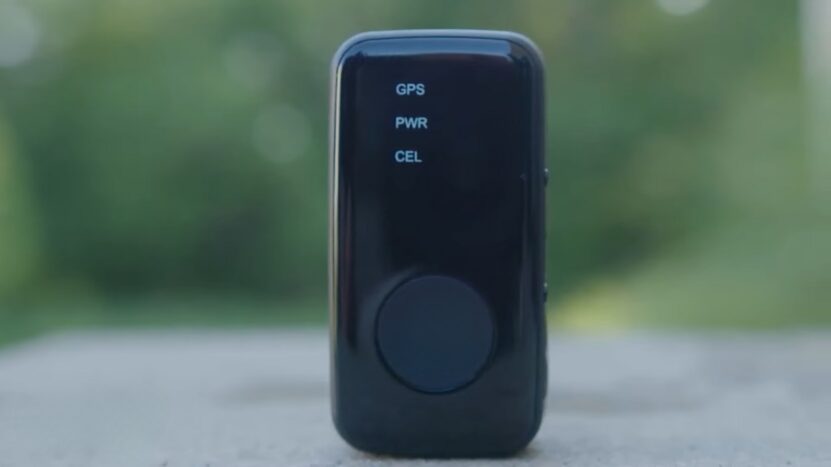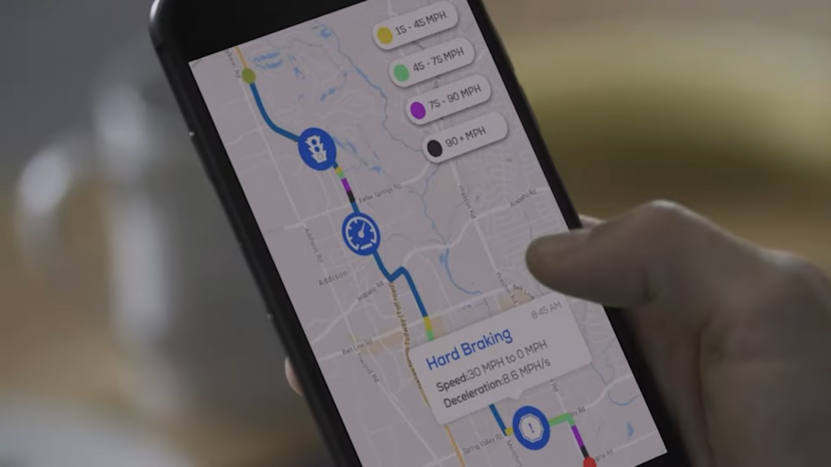Managing a motorcycle fleet for your business is no small task. You need a reliable way to keep tabs on each bike, ensure driver safety, and optimize routes. GPS tracking offers a solution that tackles these challenges head-on. It’s more than just a tool to locate your motorcycles; it’s a strategy to boost efficiency and save on costs.
This article will explore the practical benefits of GPS tracking for your business’s motorcycle fleet.
1. Choose the Right GPS Devices

Selecting the appropriate GPS devices for your motorcycle fleet is crucial. You’ll want devices that can withstand various weather conditions and have a robust build to endure the rigors of constant travel. Click here for more information about the best tracking platform.
Long battery life is another key feature, as it ensures continuous tracking without frequent recharging. Additionally, consider the size and ease of installation of the devices. They should be compact enough not to interfere with the motorcycle’s operation but also easily accessible for maintenance.
Look for devices with additional features like Bluetooth connectivity and offline tracking capabilities. Making the right choice in GPS devices sets the foundation for effective fleet management.
2. Real-Time Tracking
Real-time tracking is a game-changer in managing your motorcycle fleet. This feature allows you to see the exact location of each motorcycle at any given moment. It’s not just about knowing where your fleet is; real-time tracking enables quick decision-making.
For instance, if there’s a sudden need to reroute due to traffic or emergencies, you can do so instantly. This functionality also enhances customer service, as you can provide accurate updates on delivery times.
Moreover, real-time tracking allows for immediate response in case of accidents or theft, significantly increasing the chances of a positive outcome. It’s a powerful tool for maintaining control and efficiency in your fleet operations.
With advancements in helmet technology integrating real-time tracking, you can now ensure not only the safety of your motorcycles but also the well-being of your riders, ushering in a new era of comprehensive fleet management.
3. Geofencing

Geofencing is a technology that creates a virtual geographic boundary, enabling you to set up alerts when your motorcycles enter or leave a specific area. This feature is particularly useful for ensuring that your fleet adheres to designated routes and areas. It can also be a vital tool in enhancing the security of your motorcycles.
For instance, if a bike enters a high-risk area or deviates from its route, you can quickly take action. Geofencing also aids in efficient route planning and monitoring adherence to schedules.
This feature can be instrumental in reducing unauthorized use of vehicles and in improving overall operational accountability. Geofencing turns your GPS system into a proactive management tool.
4. Maintenance Alerts
Maintenance is a critical aspect of fleet management, and GPS tracking can significantly streamline this process. By using GPS to monitor the health of your motorcycles, you can receive alerts for regular maintenance checks, which help prevent breakdowns and prolong the life of your vehicles.
These alerts can be based on time intervals, distance traveled, or specific performance metrics. Keeping on top of maintenance ensures that each motorcycle is operating at peak efficiency, reducing the likelihood of costly repairs and downtime.
Moreover, well-maintained bikes are safer for your drivers. Utilizing GPS for maintenance alerts is a proactive approach to keeping your fleet in top condition and reducing overall operational costs.
5. Driver Safety Features
Driver safety is paramount, and GPS tracking systems can play a crucial role in promoting safe driving habits within your motorcycle fleet. Features like speed alerts inform you when a driver exceeds a preset speed limit, allowing you to address unsafe driving practices promptly.
Similarly, indicators for harsh braking or rapid acceleration can be signs of aggressive driving that may put the driver at risk. These features not only enhance the safety of your riders but also help in reducing wear and tear on the motorcycles.
Furthermore, promoting a culture of safety through monitoring can lead to lower insurance premiums. By focusing on driver safety through GPS tracking, you’re investing in the well-being of your employees and the longevity of your fleet.
6. Optimize Routes
Optimizing routes is essential for efficiency, and GPS tracking provides the data necessary to make informed decisions. By analyzing GPS data, you can identify the most efficient routes for your motorcycles, considering factors like traffic patterns, road conditions, and distance.
Route optimization leads to time savings, reduced fuel consumption, and improved customer satisfaction through timely deliveries. This approach also helps in reducing the wear and tear on your motorcycles, as shorter and less congested routes minimize the strain on the vehicles.
Furthermore, efficient routing can lead to a reduction in carbon footprint, aligning with environmental sustainability goals.
7. Theft Prevention

Theft prevention is a significant concern for any fleet, and GPS tracking offers an effective solution. With GPS, you have the ability to track and recover stolen motorcycles quickly.
The presence of a GPS device itself can act as a deterrent to potential thieves. In the event of theft, real-time tracking enables you to provide precise location details to law enforcement, greatly increasing the chances of recovering the stolen motorcycle.
Additionally, you can set up instant alerts for unauthorized movements or when a motorcycle is being moved outside of its usual hours of operation.
8. Data Analysis
Regularly reviewing the data collected by your GPS tracking system is vital for continuous improvement. This data provides insights into various aspects of your fleet’s operations, such as route efficiency, driver behavior, and vehicle usage patterns.
By analyzing this data, you can identify trends, pinpoint inefficiencies, and make informed decisions to optimize your fleet’s performance. Data analysis can reveal opportunities for cost savings, such as identifying routes that consistently cause delays or vehicles that are underutilized.
This proactive approach to fleet management allows you to adapt to changing conditions and continuously refine your strategies.
9. Training

Training your staff on how to use the GPS system effectively is crucial for maximizing its benefits. Ensure that your team understands how to operate the devices, interpret the data, and respond to alerts.
The training should cover both the technical aspects of the GPS system and the operational procedures that integrate with it. Well-trained staff can respond more efficiently to real-time information, maintain the equipment properly, and utilize the data to improve their daily operations.
Last Words
It’s clear that the strategic use of GPS tracking in your motorcycle fleet can lead to significant improvements in operational efficiency and safety. By focusing on the key aspects discussed – from selecting robust GPS devices to analyzing data for optimizing routes – you stand to gain enhanced control and insight into your fleet operations.
As you implement these tips, you’ll likely notice not just better management of your fleet, but also potential cost savings and improved service quality.
